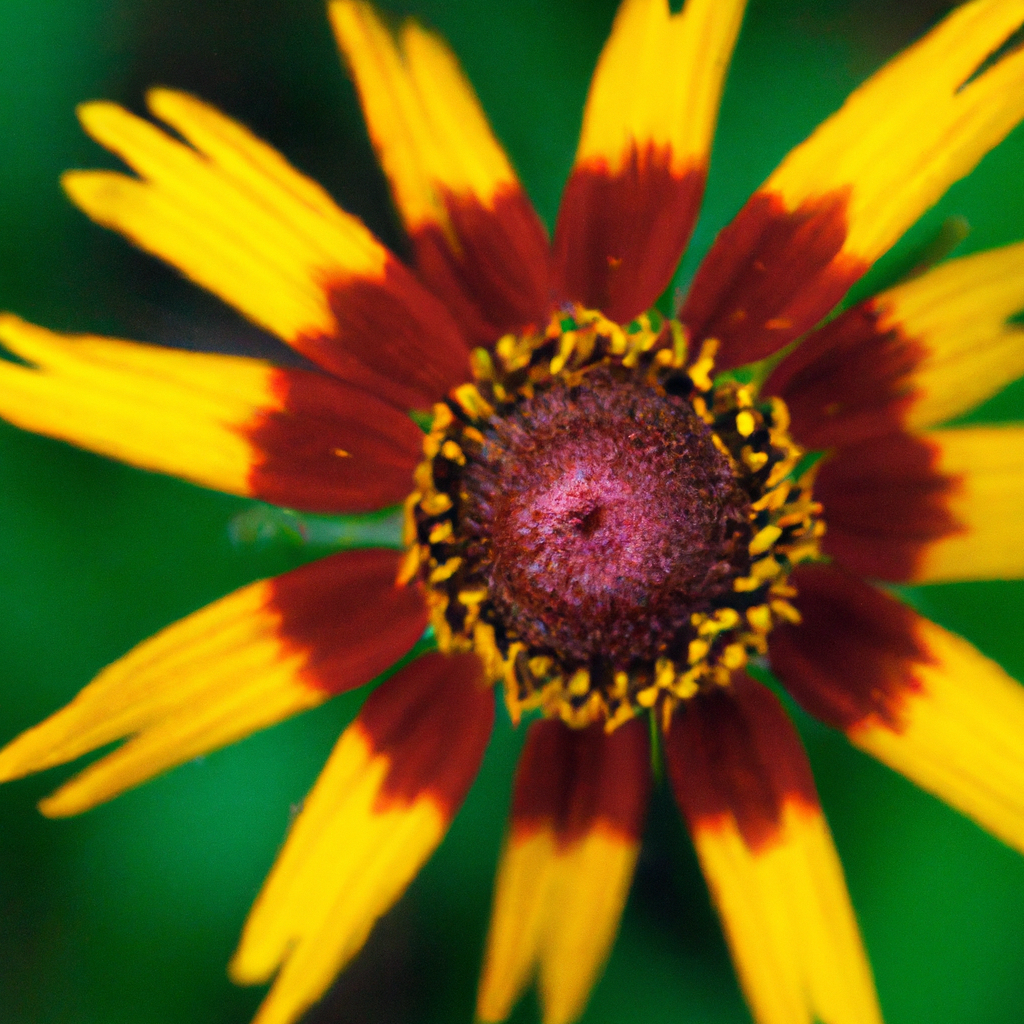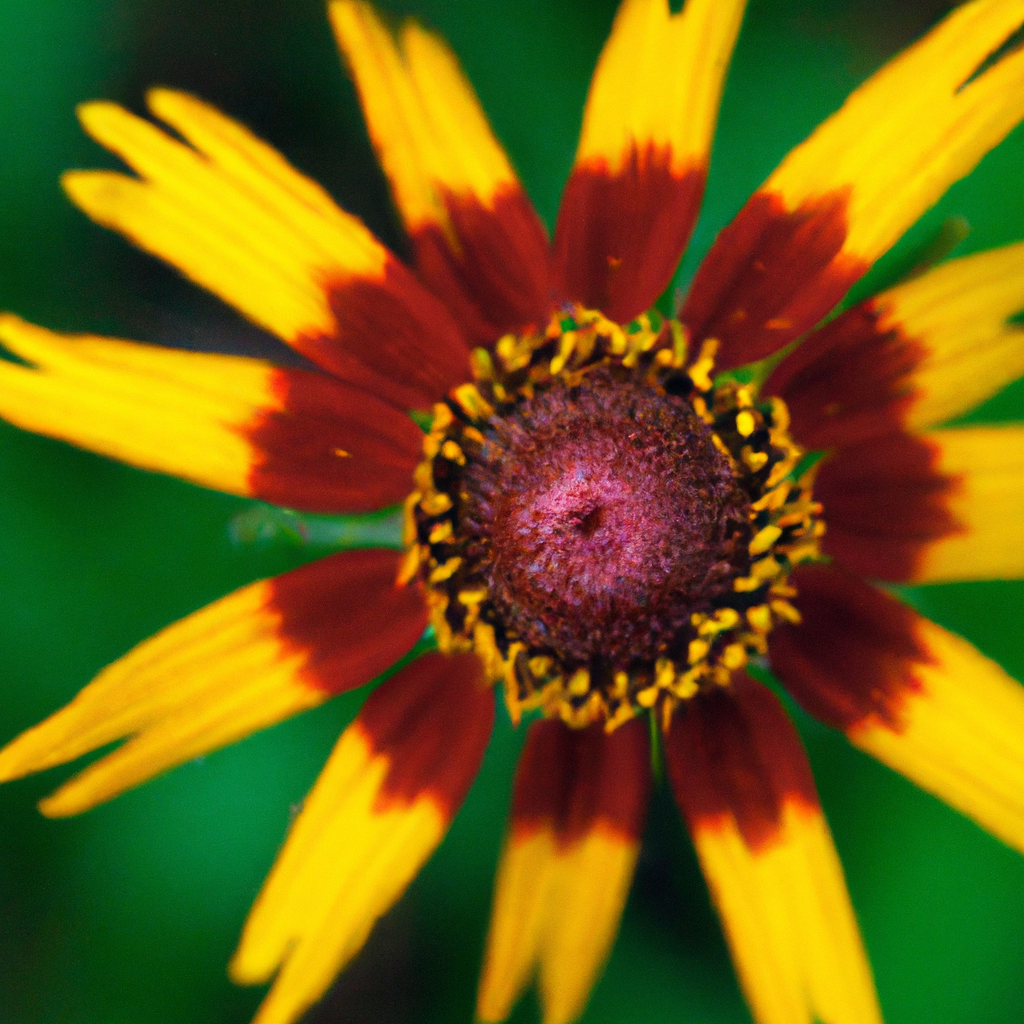Imagine stepping into a world bursting with vibrant shades of purples, pinks, and blues, where every corner hides a new breathtaking surprise. In this captivating article, you will uncover the enchanting world of shade wildflower mixes, and be transported to a realm of beauty and diversity. Get ready to embark on a journey where these stunning flowers will transform your shaded garden into a picturesque oasis.
What Are Shade Wildflower Mixes
Definition of Shade Wildflower Mixes
Shade wildflower mixes are specially formulated seed blends that contain a wide variety of plant species specifically suited to growing in shaded areas. These mixes are carefully curated to thrive in low light conditions, making them the perfect solution for adding color and life to your shady garden or landscape.
Why Use Shade Wildflower Mixes
Using shade wildflower mixes provides numerous benefits for your garden. Not only do they add vibrant colors to otherwise dull or dark spaces, but they also attract pollinators, improve soil quality, and require minimal maintenance. Whether you have a small shaded corner in your yard or a large woodland garden, shade wildflower mixes are a fantastic way to enhance the beauty and diversity of your landscape.
Benefits of Shade Wildflower Mixes
Adding Color to Shaded Areas
One of the primary benefits of using shade wildflower mixes is the burst of color they bring to otherwise gloomy and uninteresting areas. With a diverse range of flowering plants in various shapes, sizes, and hues, these mixes create a stunning tapestry of colors that will brighten up any shaded spot. From delicate pastels to bold and vibrant blooms, the array of colors provided by shade wildflower mixes is sure to transform your garden into a captivating oasis.
Attracting Pollinators to Shady Gardens
While many flowering plants require direct sunlight to attract pollinators, shade wildflower mixes have been specifically designed to cater to the needs of shade-loving insect species. By incorporating these mixes into your shaded garden, you can create a haven for various pollinators such as butterflies, bees, and hummingbirds. Not only will this benefit the ecosystem as a whole, but it will also add a delightful element of life and movement to your garden.
Improving Soil Quality
Shade wildflower mixes not only provide aesthetic benefits but also contribute to the overall health of your garden soil. Many of the plant species included in these mixes have deep-reaching roots that help improve soil structure, drainage, and organic matter content. As these plants thrive in shaded areas, they can effectively utilize the nutrients available in the soil and create a healthier growing environment. This improved soil quality can benefit other plants in your garden as well, even those that do not specifically require shade.
Low Maintenance
Another advantage of shade wildflower mixes is their low maintenance requirements. Once established, these plants are generally self-sustaining and require minimal intervention on your part. Most of the species included in shade wildflower mixes are adapted to thrive in the shade, making them naturally more hardy and resilient. With moderate watering and occasional deadheading, you can enjoy a vibrant and flourishing garden without the need for extensive upkeep.

Common Varieties of Shade Wildflower Mixes
Shade-Tolerant Annuals
Shade-tolerant annuals are a popular choice for incorporating into shade wildflower mixes. These plants complete their entire life cycle within a year and provide a burst of color and beauty during the growing season. Some common shade-tolerant annuals that can be found in shade wildflower mixes include impatiens, begonias, lobelia, and pansies. Their ability to thrive in low light conditions makes them ideal for adding vibrant blooms to your shady areas year after year.
Shade-Tolerant Perennials
Shade-tolerant perennials are a long-lasting and reliable choice for shade wildflower mixes. These plants will continue to come back year after year, offering a consistent display of colors and textures. Popular shade-tolerant perennials found in shade wildflower mixes include hostas, astilbes, hellebores, and ferns. By incorporating these long-lived plants into your garden, you can ensure a continuous show of foliage and blooms in your shaded areas.
Shade-Tolerant Biennials
Shade-tolerant biennials are another option to consider when choosing shade wildflower mixes. These plants have a two-year life cycle, with the first year focused on vegetative growth and the second year dedicated to flowering and seed production. Some common shade-tolerant biennials found in shade wildflower mixes include foxgloves, forget-me-nots, honesty, and violas. These plants bring unique charm and diversity to shady areas, providing a mix of different growth habits and flower forms.
Design Tips for Planting Shade Wildflower Mixes
Analyzing Light Levels
Before planting shade wildflower mixes, it is crucial to analyze the light levels in your garden or landscape. Shaded areas can vary significantly in terms of the amount of light they receive, ranging from dappled shade to deep shade. By understanding the light conditions in different parts of your garden, you can choose the most appropriate shade wildflower mix and ensure the success of your planting.
Choosing Complementary Colors
When designing with shade wildflower mixes, it is essential to consider color combinations that will create an aesthetically pleasing and harmonious display. Choosing complementary colors can help create a visually balanced and cohesive garden. For example, pairing pink and purple blooms with lime green foliage can provide a striking contrast and add depth to your shady areas. Experiment with different color combinations to find the perfect blend for your garden.
Creating Texture and Height Variation
In addition to considering colors, creating texture and height variation is key to creating a visually appealing garden with shade wildflower mixes. Incorporating plants with different leaf shapes, sizes, and textures can add depth and interest to your shaded areas. Combine the delicate and airy fronds of ferns with the bold and broad leaves of hostas to create a dynamic and layered look. Additionally, varying the heights of your plants can add dimension and structure to your garden, making it more visually appealing.
Mixing with Other Plants
While shade wildflower mixes can be stunning on their own, they can also be mixed with other shade-tolerant plants to create more complex and diverse plantings. Consider incorporating shade-loving shrubs, groundcovers, or even small trees to complement your wildflower mix. This combination of different plant types can create a more natural and layered look, mimicking the diversity found in a woodland or forest setting.

Preparing the Soil for Shade Wildflower Mixes
Cleaning the Area
Before sowing your shade wildflower mix, it is important to clear the area of any debris, weeds, or unwanted vegetation. Remove any existing plants that may compete with the wildflowers for resources or sunlight. Clearing the area ensures that your newly sown seeds have the best chance of germinating successfully and thriving.
Loosening the Soil
After clearing the area, loosen the soil to create a friable and well-drained planting bed. Loosening the soil helps break up compacted layers, allowing the plant roots to penetrate easily and promote healthy growth. Use a garden fork or a tiller to gently turn over the soil, ensuring the planting bed is free of large clumps.
Adding Organic Matter
To further improve the soil quality and fertility, amend the soil with organic matter such as compost or well-rotted manure. Organic matter helps retain moisture, enhances soil structure, and provides essential nutrients for plant growth. Spread a layer of organic matter over the loosened soil and mix it in thoroughly, ensuring an even distribution throughout the planting bed.
Sowing and Growing Shade Wildflower Mixes
Sowing Seeds in Cool Seasons
The ideal time to sow shade wildflower mixes is during the cool seasons of spring or fall. These periods provide the best conditions for seed germination and establishment. Before sowing, make sure the soil is moist but not waterlogged. Broadcast the seed mix evenly over the prepared planting bed, following the recommended seeding rates provided on the seed packet.
Watering and Maintenance
After sowing, keep the soil consistently moist until the seeds germinate and the seedlings establish themselves. Watering gently and regularly will provide the necessary moisture for the seeds to sprout and take root. Once the plants are established, they generally require less watering, as shade wildflowers tend to be more drought-tolerant compared to sun-loving varieties. Regularly monitor soil moisture levels and adjust watering accordingly.
Protecting Seedlings from Wildlife
While shade wildflowers are generally less susceptible to wildlife damage compared to other garden plants, it is still important to protect vulnerable seedlings. Small mammals and birds may be attracted to the seeds or young shoots, potentially causing damage. Consider using protective barriers such as netting or chicken wire to deter wildlife and prevent them from accessing your seedlings.

Popular Shade Wildflower Mixes on the Market
Brand X Wildflower Mix
Brand X Wildflower Mix is a highly recommended shade wildflower mix that promises an array of stunning blooms in shady areas. This mix includes a combination of shade-tolerant annuals, perennials, and biennials, providing a long-lasting and colorful display. With its easy-to-grow nature and vibrant selection of plants, Brand X Wildflower Mix is a popular choice for both beginner and experienced gardeners.
Brand Y Wildflower Mix
Brand Y Wildflower Mix is another top-notch shade wildflower mix known for its diverse range of plants and eye-catching blooms. This mix is specifically formulated to thrive in low light conditions, making it perfect for adding life and color to shady corners of your garden. Brand Y Wildflower Mix is favored by many garden enthusiasts for its reliability and ability to create beautiful and natural-looking displays.
Brand Z Wildflower Mix
For those looking for a shade wildflower mix that includes only native plant species, Brand Z Wildflower Mix is an excellent choice. This mix is thoughtfully curated to feature a variety of native wildflowers that are well-suited to growing in shaded areas. By sowing Brand Z Wildflower Mix, you can not only enhance your garden with vibrant colors but also support local ecosystems and help conserve native plant species.
Where to Buy Shade Wildflower Mixes
Local Garden Centers
Many local garden centers and nurseries carry a selection of shade wildflower mixes. Visit your nearest garden center and browse their selection to find the mix that best suits your needs. The advantage of buying locally is that you can receive personalized advice from knowledgeable staff and inspect the quality of the seed mixes before making a purchase.
Online Seed Suppliers
Another option for purchasing shade wildflower mixes is to explore online seed suppliers. Many reputable seed companies offer a wide range of shade-tolerant wildflower mixes that can be conveniently delivered to your doorstep. Online shopping allows you to compare different brands, read customer reviews, and make an informed decision based on your specific requirements.
Nurseries
Nurseries specializing in native plants or perennials are also a great source for shade wildflower mixes. These nurseries often carry a diverse selection of plants and seeds, including shade-tolerant species. By visiting a nursery, you can explore a wider range of options and seek advice from experts who have a deep understanding of shade-loving flora.

Conclusion
Enhance Your Shady Spaces with Shade Wildflower Mixes. By utilizing the beauty and diversity of shade wildflower mixes, you can transform dull and gloomy areas into vibrant, colorful, and thriving gardens. With their ability to attract pollinators, improve soil quality, and require minimal maintenance, shade wildflower mixes are a fantastic choice for any shaded garden or landscape. By following design tips, preparing the soil properly, and sowing and growing the seeds with care, you can create a stunning and sustainable shady oasis that will captivate both you and nature. Embrace the beauty and diversity of shade-loving flora and enjoy the countless benefits that shade wildflower mixes bring to your outdoor spaces.
